Spanish hunter Pedro Ampuero shares his passion for hunting roe deer - or ‘el corzo’ - in his native land; learn all about roe deer hunting in sunny Spain
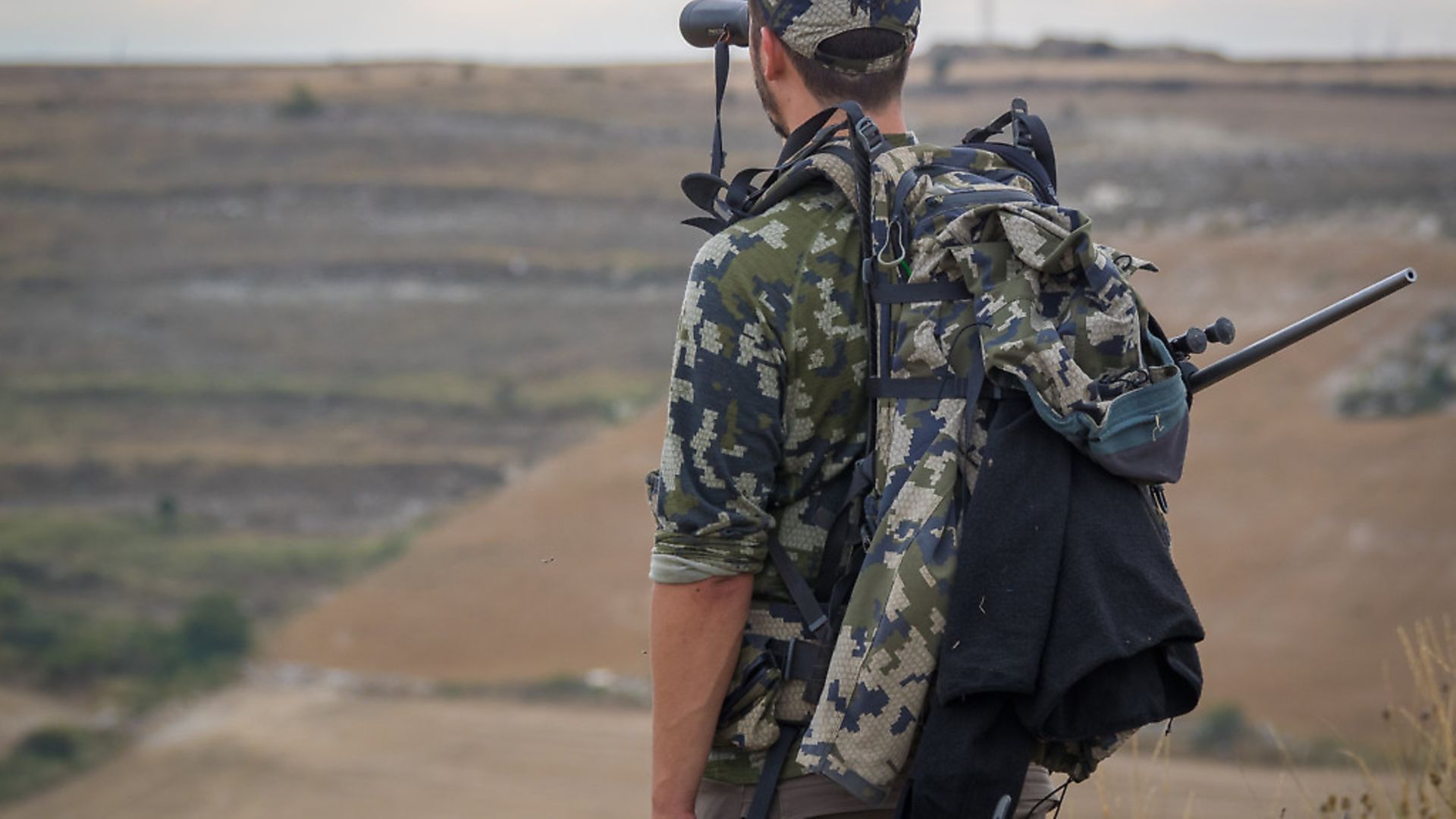 credit: Archant
credit: Archant
‘El corzo’ is what we call the roe deer in Spain. I am a passionate roe deer hunter who has grown up chasing these amazing animals every season in my home country. Obsessed with trying to understand these creatures a bit more, I have found that they always end up surprising me, making me realise just how little we know about them.
I am going to try to share my perspective and explain the current situation of hunting roe deer in Spain. It is a beautiful country with lots of hunting opportunities for the roe deer, although this species is often eclipsed by the more ‘prestigious’ and ‘glamorous’ ibex hunting. I would like to mention that I am not an outfitter; I am just a roe ‘freak’ that spends most of the season stalking this species of deer to archery range.
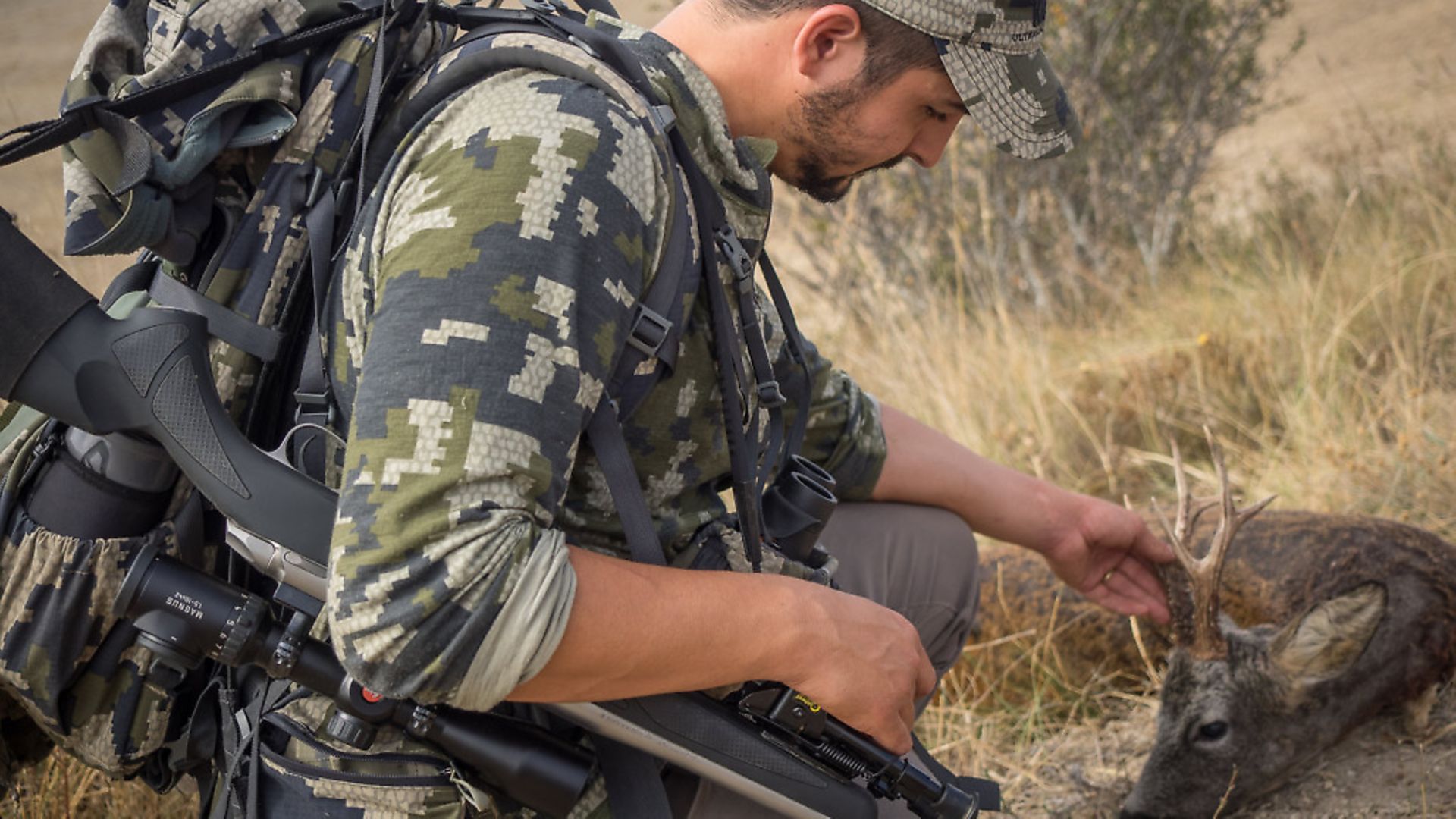 credit: Archant
credit: Archant
WHERE TO HUNT THEM
The roe deer is a very territorial animal by nature. This means that young animals have to search for new unoccupied territories of their own. This is the key reason for the wide distribution of the roe deer across the whole of Spain in the last decades, only stopped in the southern areas because of the increased presence of red deer.
Spain has a diverse and rich range of ecosystems – dense forests, cultivation areas, mountains, etc. – where the deer thrive and where you can hunt them. The trophy quality and deer quantity will depend hugely on specifics such as food resources, quality of terrain, hunting pressure, deer population and management applied on the area, therefore it is hard to generalise by regions or areas, but here is a rough guide...
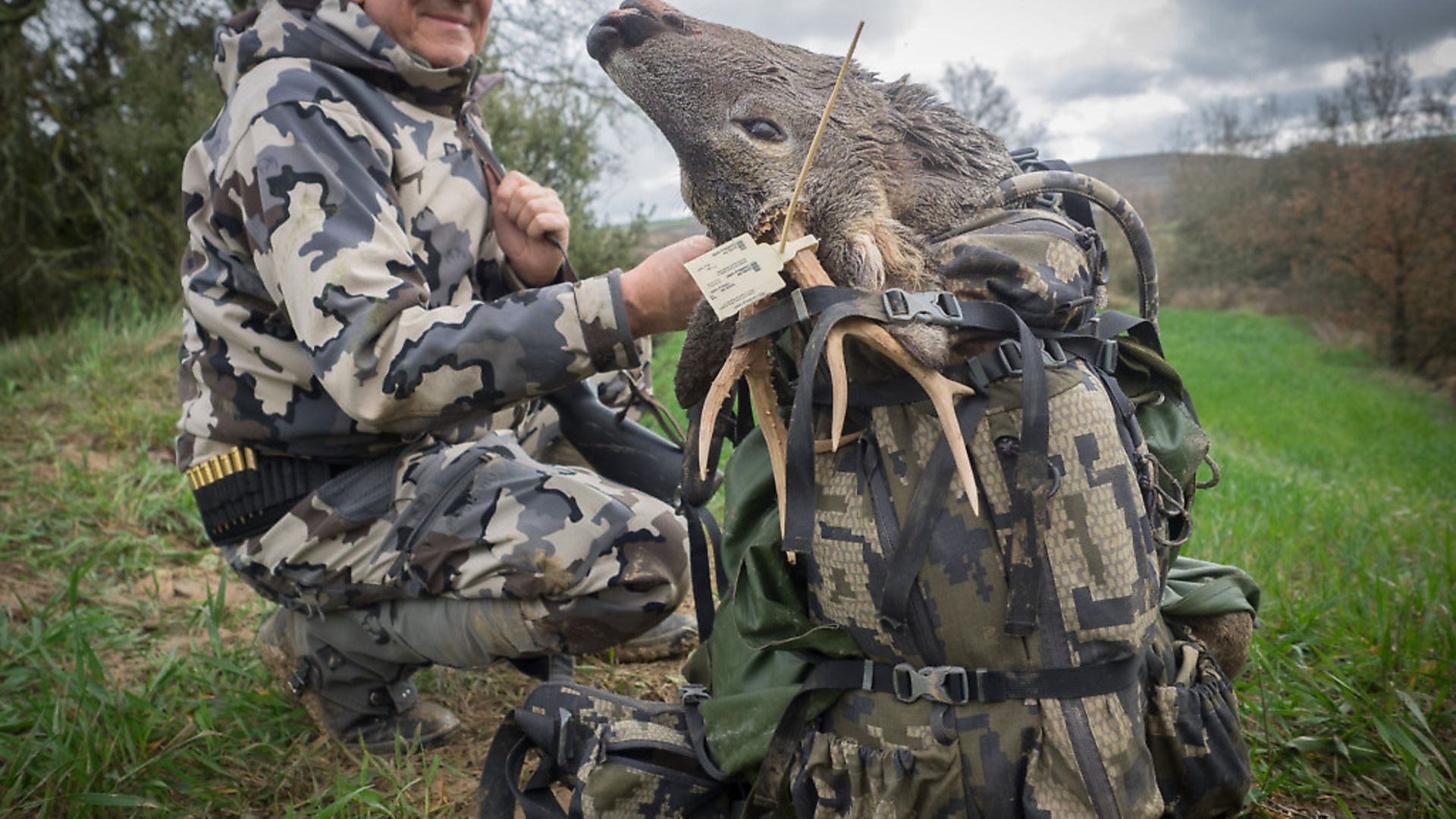 credit: Archant
credit: Archant
Northern Provinces: All the northern parts of Spain, including Galicia, Asturias, Cantabria and Pais Vasco, have a pretty high density of animals, but the terrain is not rich in calcium, so typically the trophy quality is low. Hunting terrain typically consists of small grass fields in between thick forest.
Pyrenees: These mountains are one of the most beautiful places you can hunt, and you can get to see deer at quite high altitude. The density in these areas is low and the quality of the trophies is not especially good either. The highest alpine areas are tough during the winter, and food resources are limited.
North Central: These are the most important and strongest areas to hunt roe deer in Spain, including provinces like Burgos, Soria, Guadalajara, Zaragoza, Teruel and Cuenca. Here you will be able to find areas with high densities of good trophies, and some will have exceptional animals over 150 CIC points. The new areas that have become part of the roe deer’s territory are producing exceptional animals (although their densities are much lower), but good trophies are still being regularly shot on the traditional areas where good conditions and management have been applied.
Southern: There is a small population in the southern part of Spain which is typically referred to as ‘corzo Morisco’ and located in Malaga and Cadiz, Europe’s southernmost point. These roe deer are smaller in body weight than the rest of Spain’s roe deer and have a few other differences. Their periods of shedding antlers, cleaning off and rutting are typically one month in advance of other roe deer in Europe. Since they live in very thick areas of cover, driven hunting during the springtime is a very popular way of hunting them.
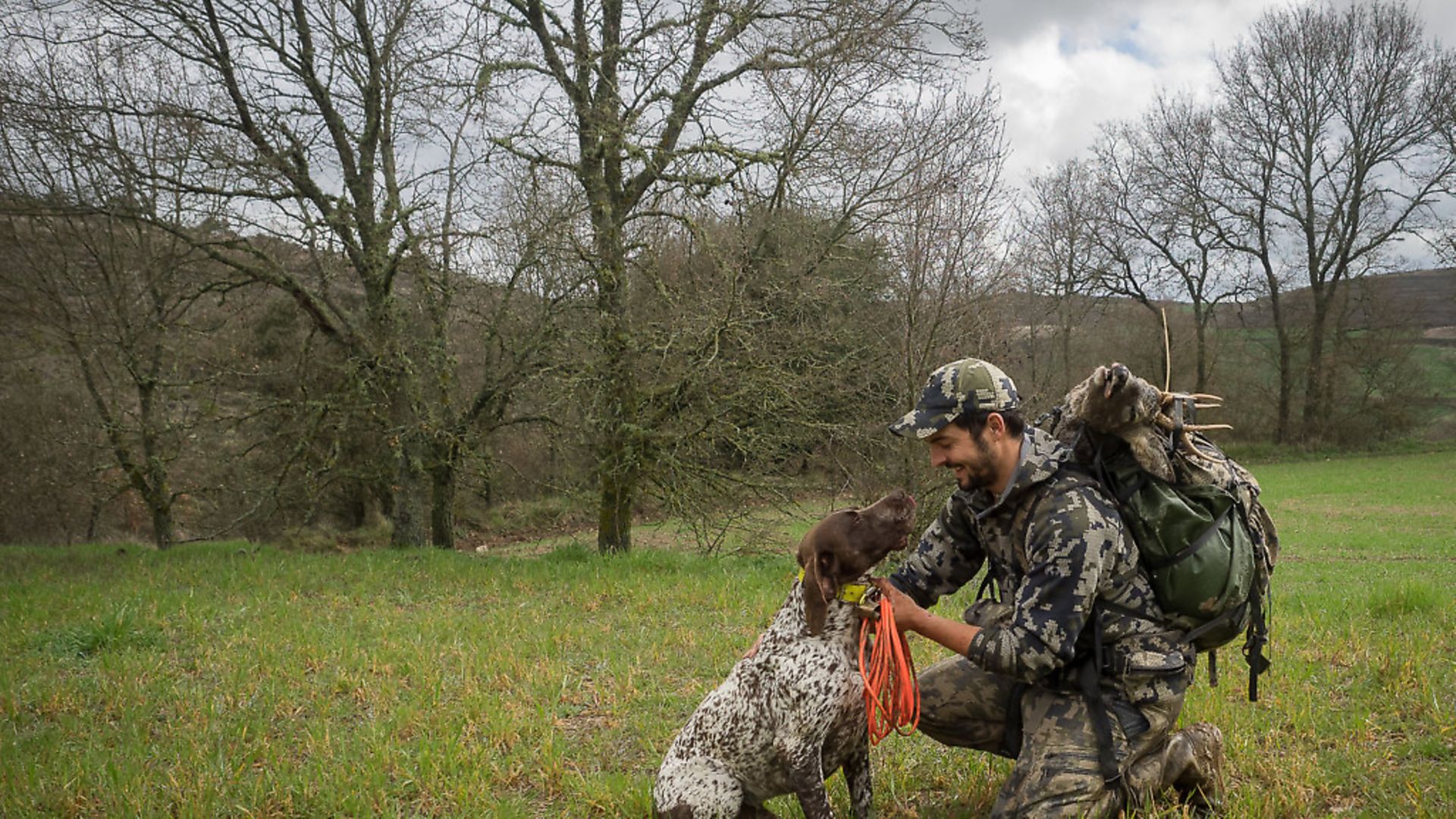 credit: Archant
credit: Archant
SEASONS
The hunting seasons may have small variances from one state to the other, but in general terms the season opens in April in Spain, and lasts until the end of July. In August the roe buck season closes for breeding, except in Aragon. The season opens once again in September and October, and the doe season extends up until January.
It is a pretty long season compared to other areas in Europe, and it is important to understand what to expect at every time of the year if you are planning a visit. Roe deer habits and behaviours change during the season, and your method of hunting them should vary accordingly.
As a reference, I will go through a typical season. It is important to bear in mind that in colder elevated areas things will be delayed by a couple of weeks, while in the southern populations things will happen four weeks in advance.
April is my favourite month: roe have just cleaned off their antlers and are in the process of defining their territories. For this reason, the males are pretty active at this time of the year, since they are continuously marking their boundaries and chasing other bucks away. At the same time, the crops are just starting to appear, and this is when deer like them the most, so they will be feeding on these crops daily.
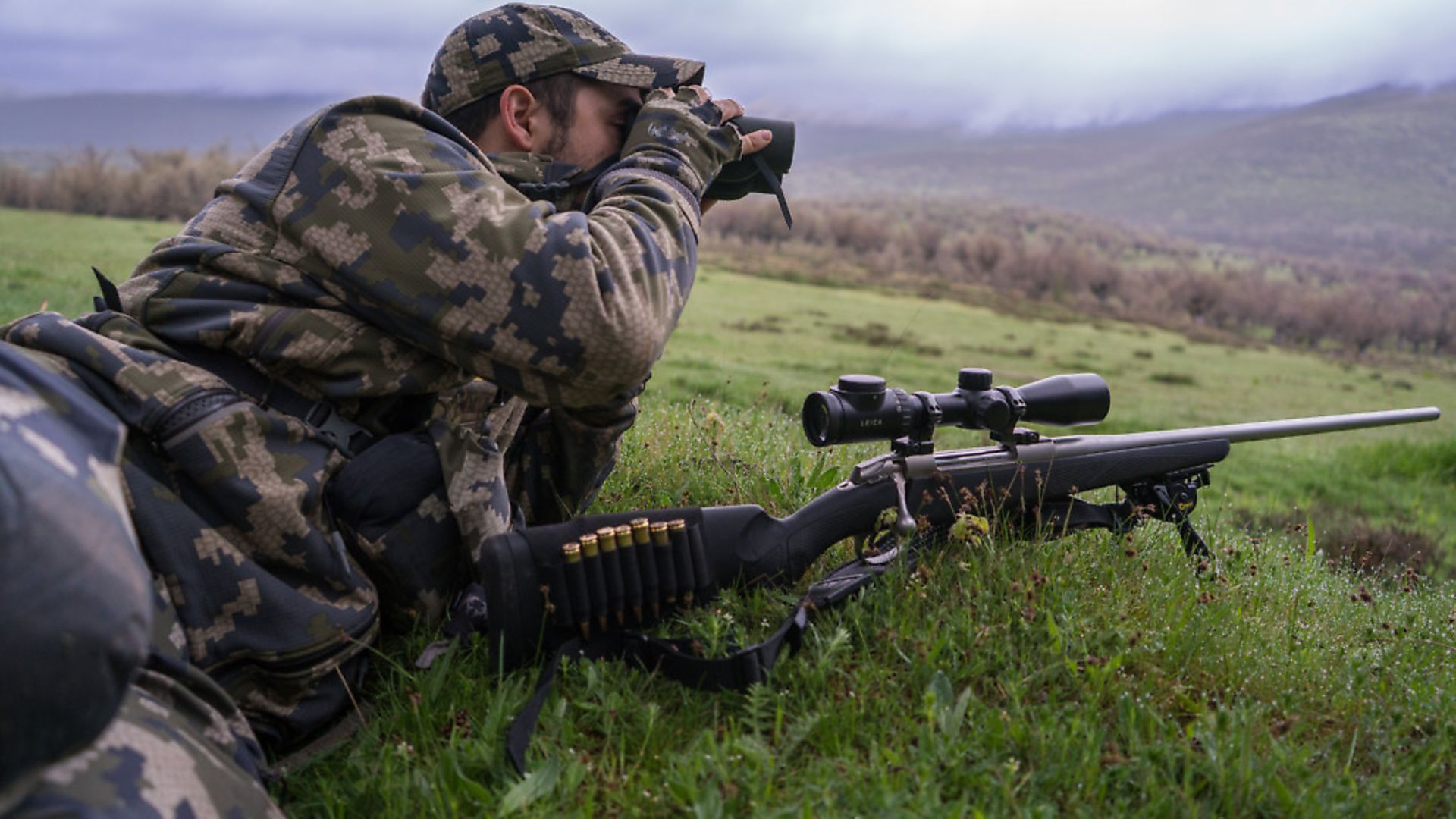 credit: Archant
credit: Archant
As we get into May, farmers start fertilising their crops as they grow taller. Deer will start transitioning to the more forested areas in search of fresh tree sprouts. Their movement will start to slow down at the end of the month as their territories are established and females will disappear to give birth to the new generation.
During the months of June and July, things start to get more complicated. Leaves are fully out so it’s hard to see into the forest; food resources start to get burnt by the sun in the open areas, while fresh areas inside the forest start getting more popular; and crops are so tall that it is hard to spot the deer in amongst them.
At the end of July and during early August are the best times for the rut. The roe deer rut is very uncertain and depends on the weather each year, plus it doesn’t last long – it would be hard to be specific about dates. It can surprise you with bucks that you may have never seen before; there are few things more exciting than calling in a big buck.
September and October can bring some late-season opportunities, although, in general, people start to focus on the red deer rut and small game. Movement is slow and weather unpredictable. After the long summer, most open areas are burnt by the sun, and crops are already cut. It is a strange period of hunting but you never know when a big buck will appear. It would also be a hard time to find tags since most of the animals are shot during the springtime.
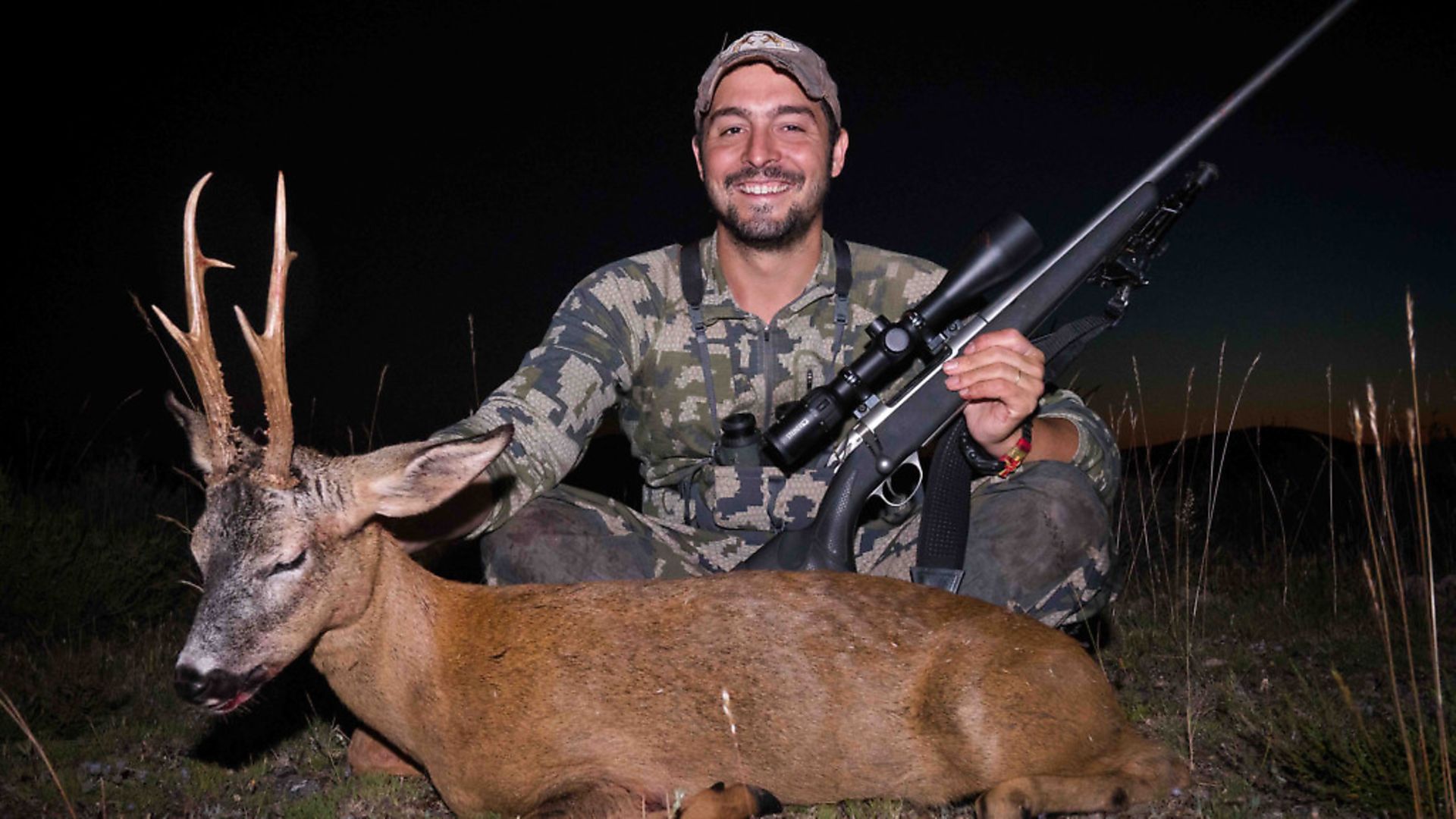 credit: Archant
credit: Archant
GETTING PERMITS
Although Spain is producing some of the largest trophies in Europe, roe deer hunting is not commercialised for foreign hunters. There are too many passionate hunters in Spain who cover all that is available, and especially those extraordinary areas.
Most of the hunting land in Spain is private; there are no public access places. The different towns own the hunting rights of the estates located in their township. These towns typically go to auction and lease their hunting rights to a group of hunters for a set number of years.
The government performs a study of those estates and defines the hunting permits and quotas for every year depending on the deer population and food resources. The tags are not in a particular name, so the hunters can do what they want with those permits, as long as they abide by hunting legislation.
As an example, we have leased the hunting rights of a town in Burgos for 10 years with a couple of friends. The government specifies that we can hunt X number of males and Y number of females. I can go and shoot those deer myself, I can invite a friend, or I could sell it to another hunter. I could decide to shoot less than X males to try to manage the land properly, since I will own the rights for years to come until the contract ends.
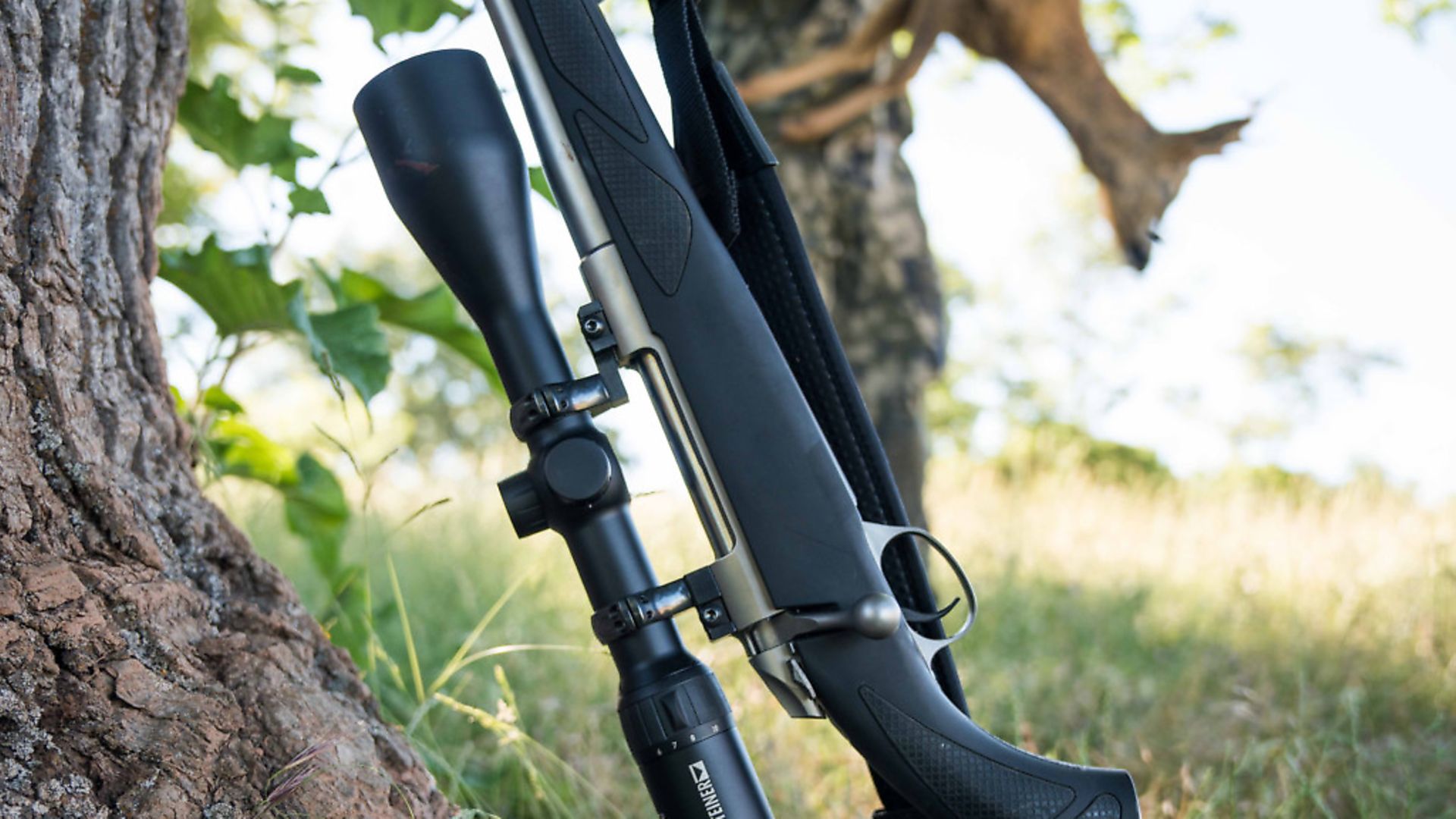 credit: Archant
credit: Archant
These would be the permits a foreign hunter could buy from one of those owners that has the lease. There are several really good agents that own the lease of several towns and then commercialise those tags for other hunters. There is a lot of secrecy around where the good areas are located, and the contacts for the people controlling those areas.
Getting access to those opportunities may be expensive, since the licensee is buying all the hunting rights for the big and small game located in the whole town, although sometimes you might only take a couple of great roe bucks. There is a pretty good offering and you shouldn’t have any problems getting access to a couple of tags if you search early in the year, especially before the season opens in April. Tags in good areas would probably fetch somewhere in excess of a couple of thousand euros.
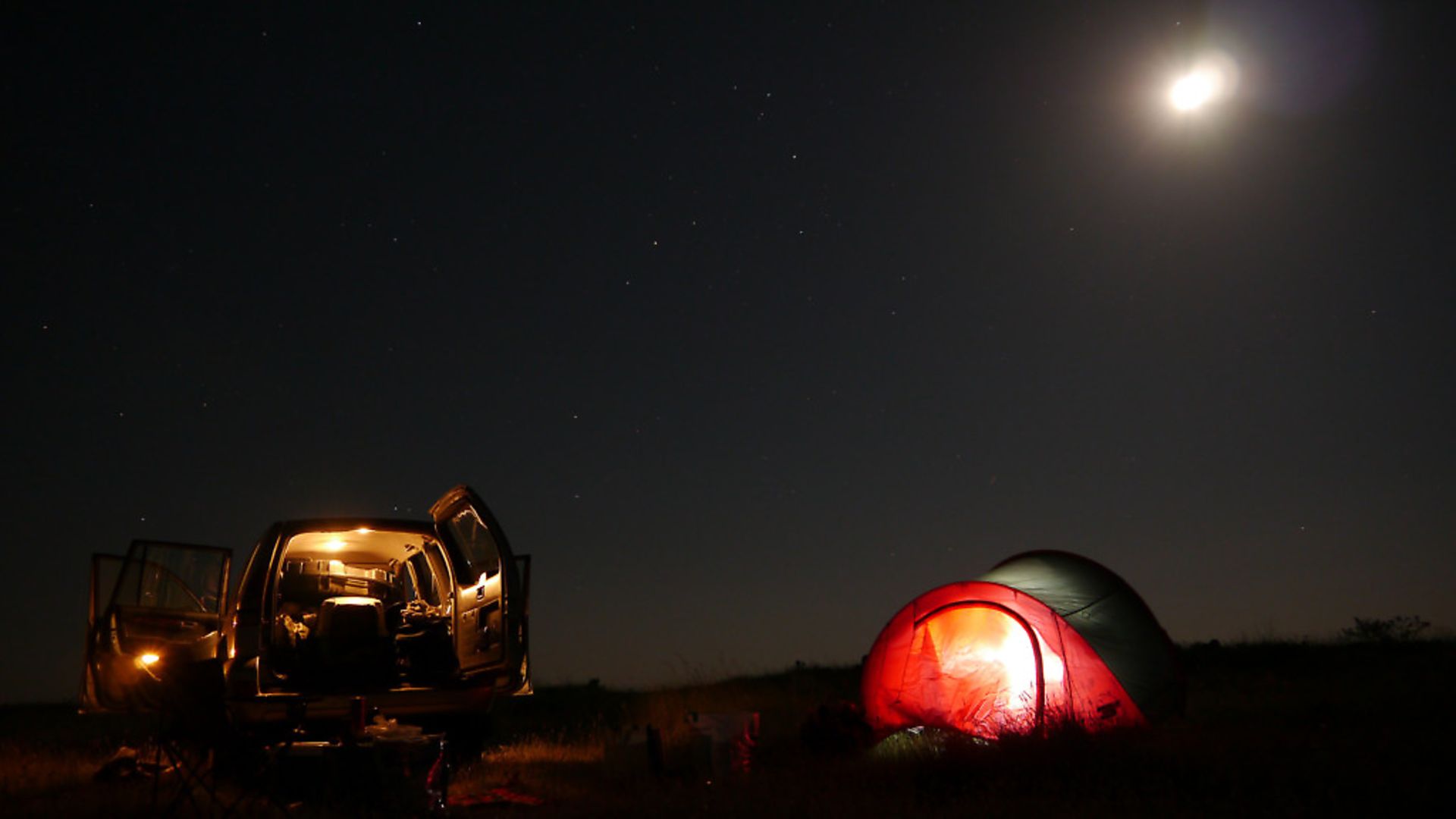 credit: Archant
credit: Archant
TROPHIES AND MANAGEMENT
Some of you may be wondering what you can expect from roe deer hunting in Spain. In the ‘bad’ areas you will be able to shoot representative trophies, rarely reaching 130 CIC points. In the best areas you can expect trophies around 150 CIC, and even more in the very unique spots.
All hunting areas in Spain are wild, and very little proper management is done. There is no help given by way of food or assistance of any kind; trophies are naturally large and this is down to several factors. The main factors that produce big trophies are good genetics, low density of animals, and good food resources that are rich in the mineral calcium.
Currently, some of the best trophies are appearing in new areas that deer have claimed as their territories. The deer found there are typically strong examples that moved out of their original territories to find better places, and arrived in new areas with very good food resources and very little rivalry, which in turn allowed them to grow bigger.
These places also have very little hunting pressure, since they are not typically hunting areas for deer. This has allowed the deer to get to maturity and, as a hunter, you can get a big surprise! It is important to manage those new areas and try to keep the male/female ratio correct, which will force us to shoot more does than bucks.
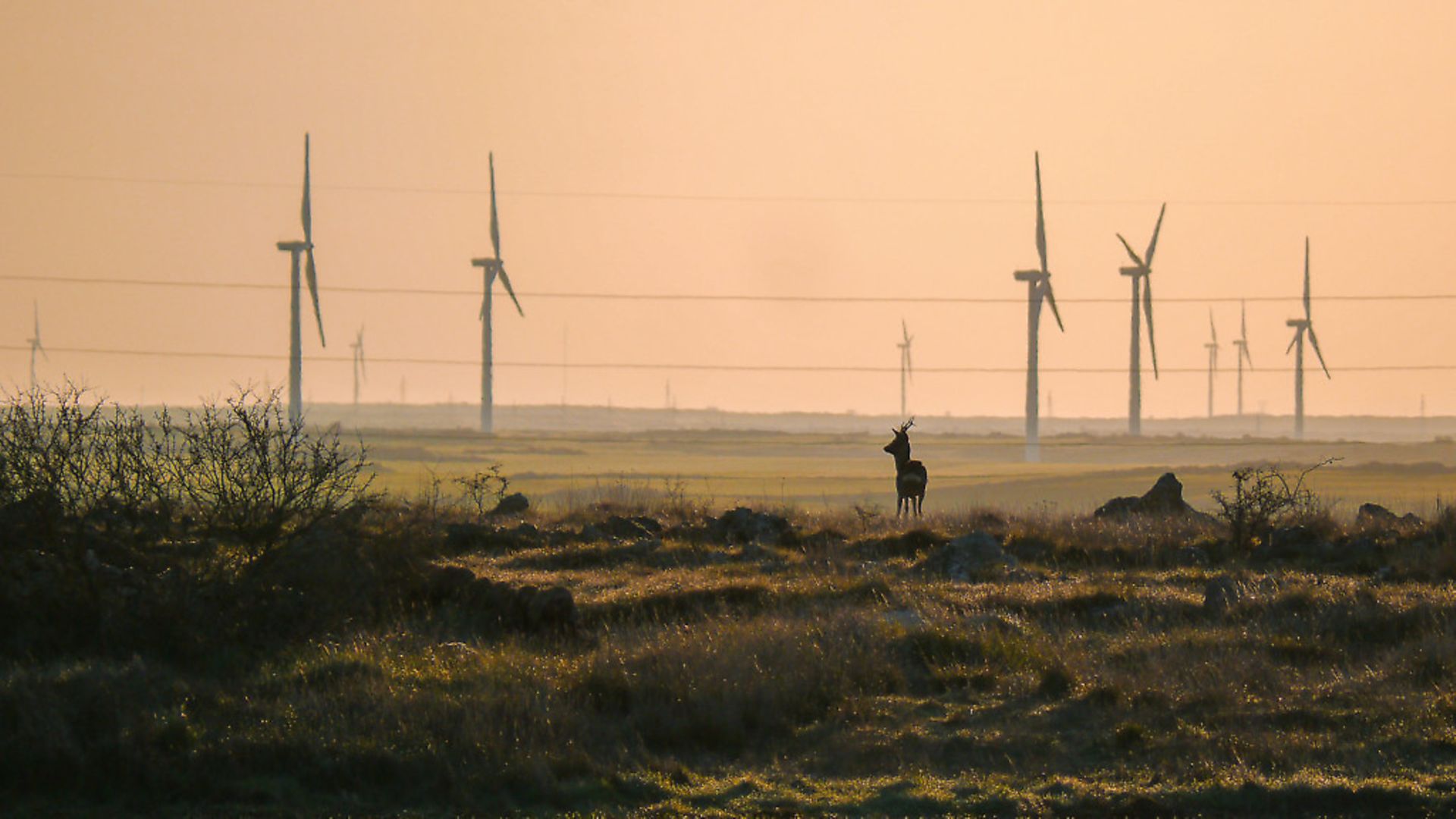 credit: Archant
credit: Archant
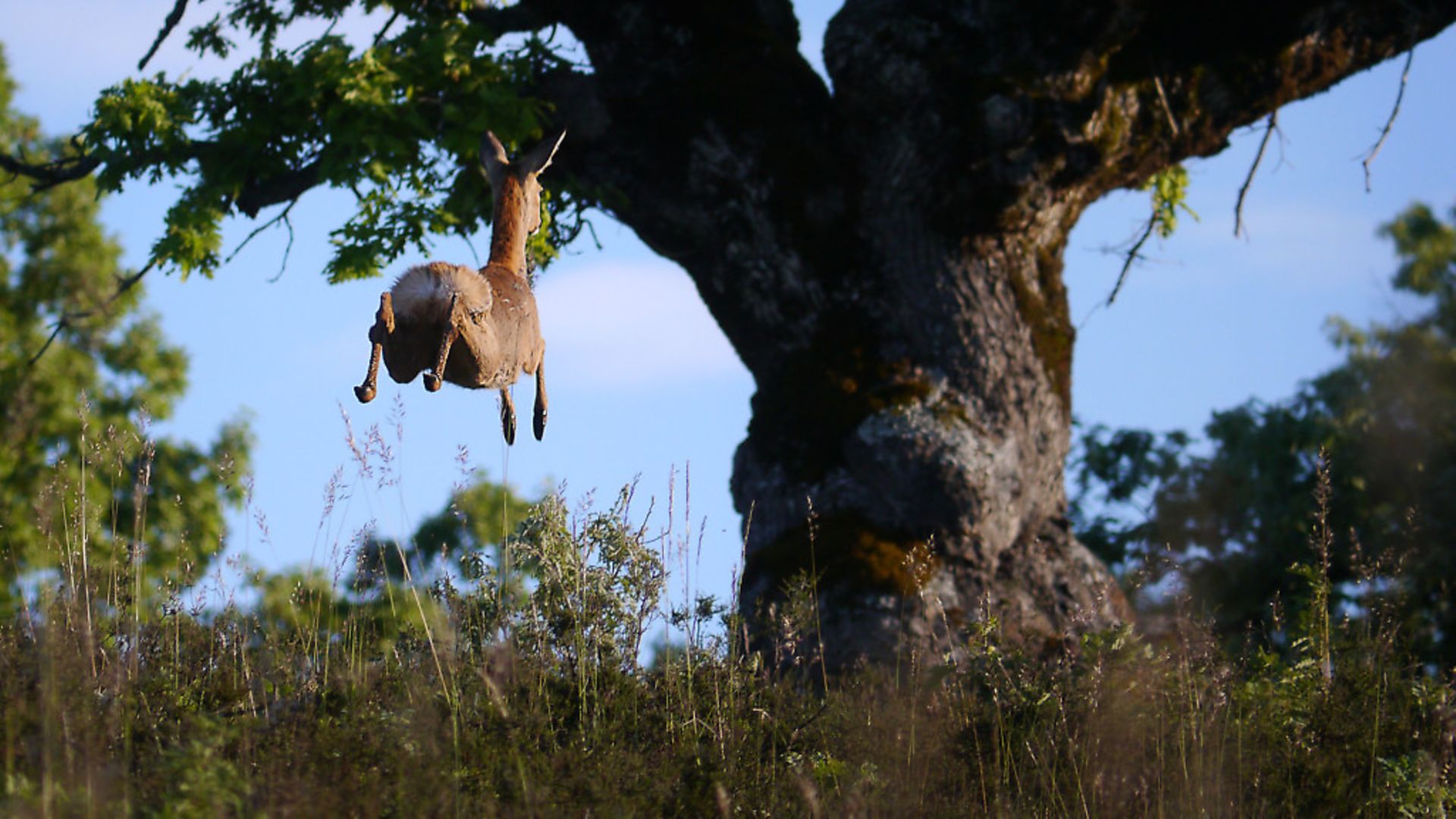 credit: Archant
credit: Archant
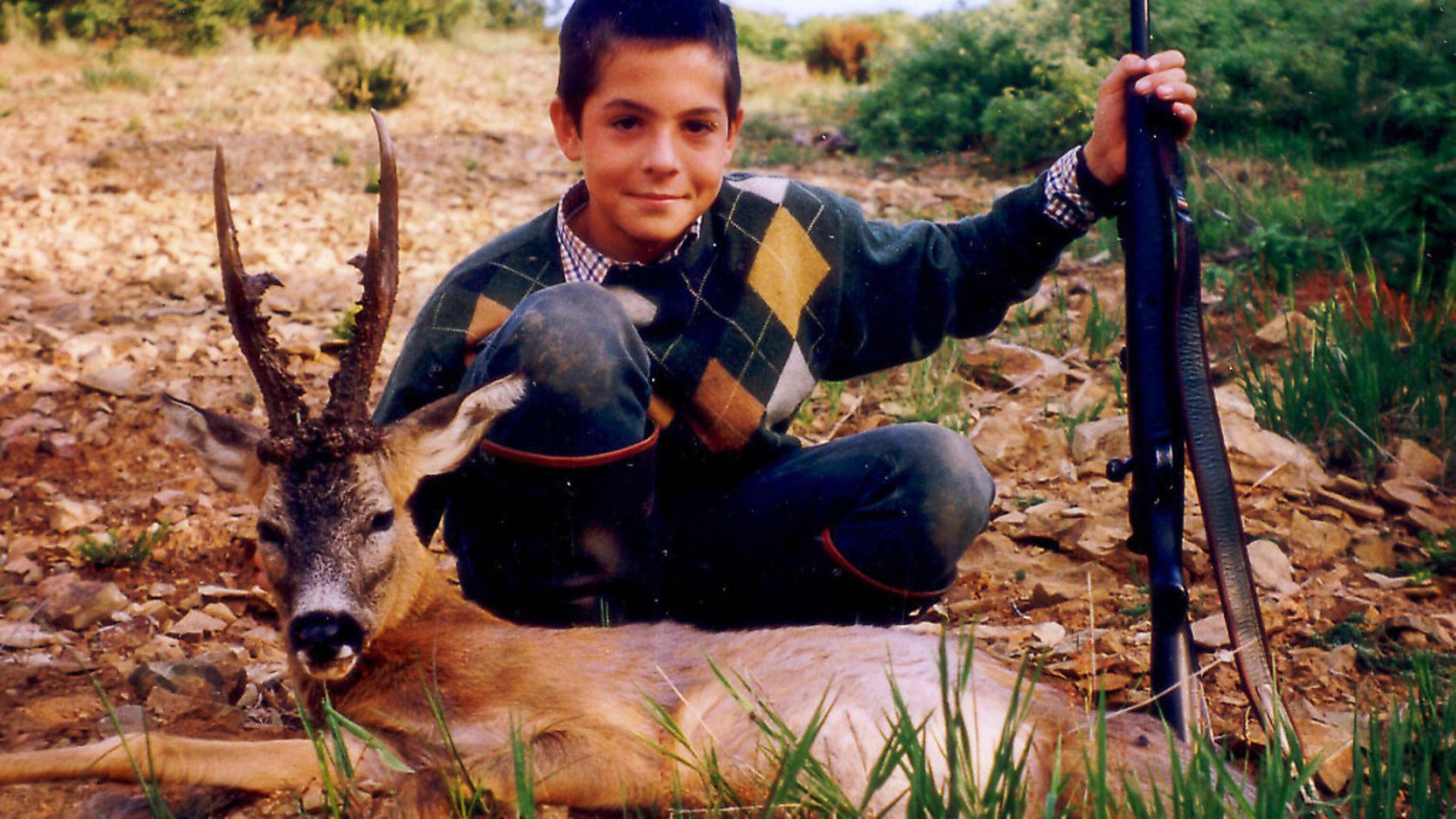 credit: Archant
credit: Archant
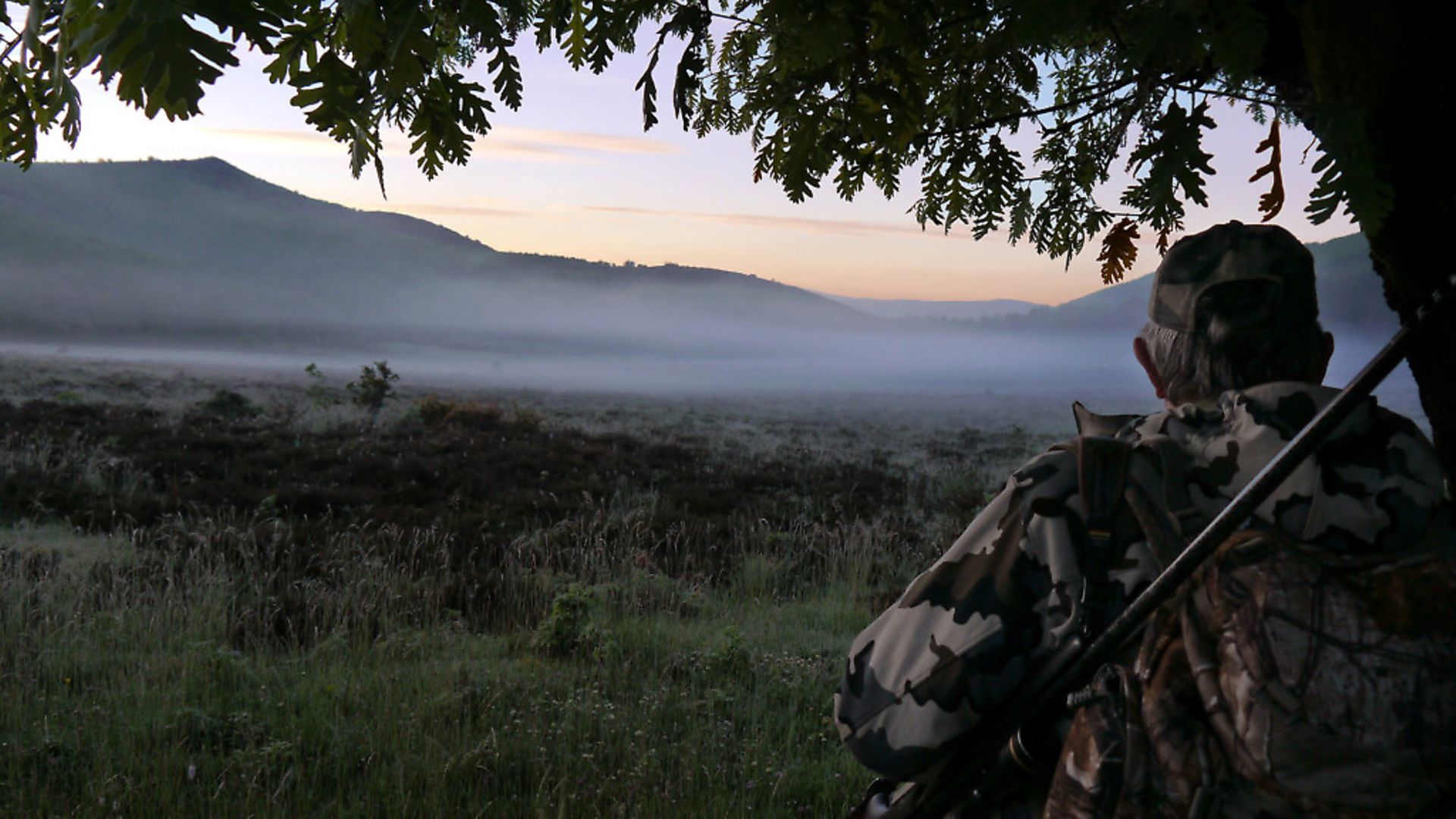 credit: Archant
credit: Archant